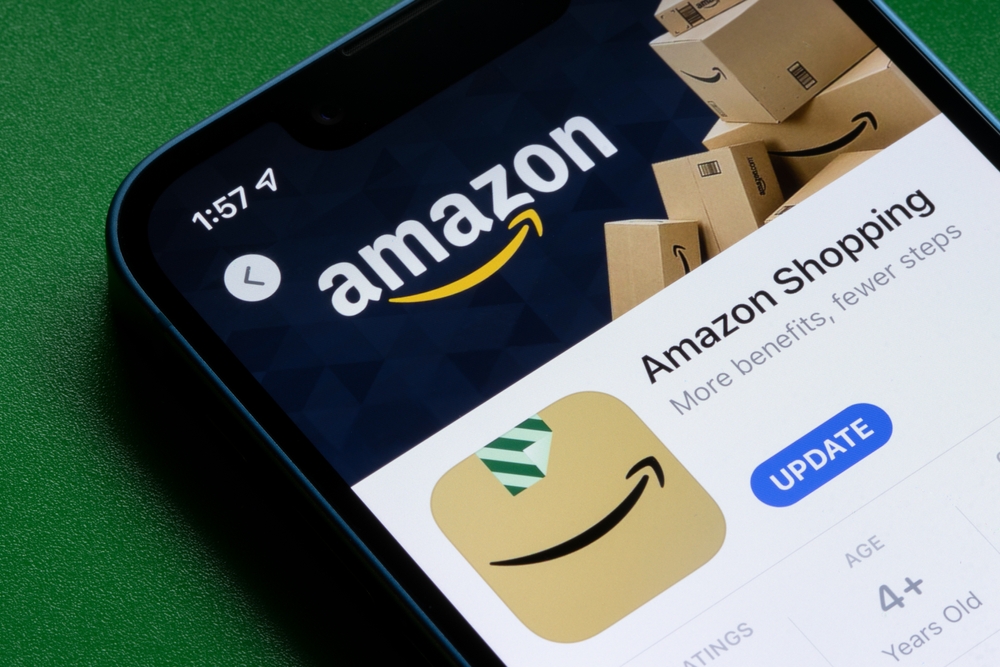When you’re running an ecommerce business, it’s important to look into anything and everything you could possibly do to improve your logistics. Without good storage and delivery options, your company is nothing; you could have the greatest customer service or branding in the world, but it wouldn’t matter if you simply can’t deliver products when it matters. That’s why you need to make sure that the supply side of your business is as robust as possible.
One of the ways you can do that is with Amazon FBA, which is a popular option for businesses. In essence, it allows you to leave much of the physical side of storing and delivering your products to Amazon in return for a fee, thus leaving you free to focus on the parts of your business you’re good at. As you’ve probably guessed, a lot of businesses are using Amazon FBA right now, so let’s take a look at exactly what it is and how it might be useful for your business.
Amazon FBA: an introduction
Let’s start with exactly what Amazon FBA is. It stands for “Fulfillment By Amazon”, and in short, it lets businesses store their products in Amazon’s warehouses, as well as letting Amazon handle the delivery side of things. This is a godsend for businesses that don’t have the space or the size to handle their products themselves; Amazon owns a huge amount of warehouse space, allowing it to comfortably store products from other businesses, as well as using its vast shipping network to ensure that customers get their products on time.
How does it work?
The Amazon FBA procedure is very simple. Here’s a step-by-step breakdown of how it works.
- You send your stuff to Amazon. Naturally, you’ll first have to ship your products to Amazon; otherwise, how would the company be able to send them to customers?
- Amazon stores your products, ready to send. When your products arrive at Amazon’s warehouses, they’ll be stored there until a customer makes a purchase.
- Amazon packs your customers’ orders. When your customers place an order with you, the order will go through to Amazon’s warehouses. Amazon will then pick the order and package it for you.
- Amazon sends the order out to your customer. It really is that simple. There’s nothing more to it than that; if you’re looking for a straightforward logistics solution, it doesn’t get much more straightforward than FBA.
What do you need to use Amazon FBA?
There are a couple of things you’re going to need if you want to use Amazon FBA. The first, as you’ve probably guessed, is an Amazon seller account. You won’t be able to use FBA if you’re not registered with Amazon as a seller. Here, per Amazon itself, is a rundown of what you’re going to need to take advantage of the FBA programme.
- A business email or Amazon customer account. You’ll almost certainly have one of these already, so this shouldn’t be an issue.
- A credit card that can be charged. Both domestic and international credit cards are accepted by Amazon for this purpose.
- Valid passport or ID. This is to help Amazon combat fraud and protect your customers.
- Company registration details. If you can provide your company’s VAT number, this will help enormously, but if not, then you need to provide the details with which your company is registered. If you haven’t done this yet, you can find instructions on how to do so (in the UK, at least) here.
- A valid phone number. In the event Amazon needs to contact you, it will need a phone number. You can input your business’ phone number here or a personal number if you like.
- A bank account. Amazon won’t be able to process your sales and send you money if it doesn’t know where to send it, so make sure to provide a valid bank account.
What are the fees for using Amazon FBA?
Of course, Amazon isn’t offering FBA for free. You’ll need to pay a fee for using the service. Fees differ depending on what you’re storing and how long you want to store it for. There are also different fees based on the size of your item; the Small and Light programme costs less than the Standard Size and Oversize programme, for instance, and they both have different rules and regulations, too.
You can find a full list and breakdown of Amazon’s FBA fees right here. A downloadable PDF document will show you exactly how much you can expect to pay in terms of a storage fee, and you’ll find the breakdown offered in various different currencies as well, which should come in handy if you’re doing business internationally. Do keep in mind that from May 12th last year, Amazon introduced a “fuel and inflation surcharge” for its European branch. You can read all about that here.
There are plenty of other things that you’ll need to know if you’re going to use Amazon FBA, but this is a basic rundown of what you need to get started. If you do decide to use the service, make sure to read Amazon’s FAQ as thoroughly as you possibly can; it will give you an idea of what you can expect to come across when you’re using FBA. If you’re a small business and you’re not able to get warehouse space, then Amazon FBA could be the perfect option for you, but please do make sure to read the documentation thoroughly before you come to a decision.


